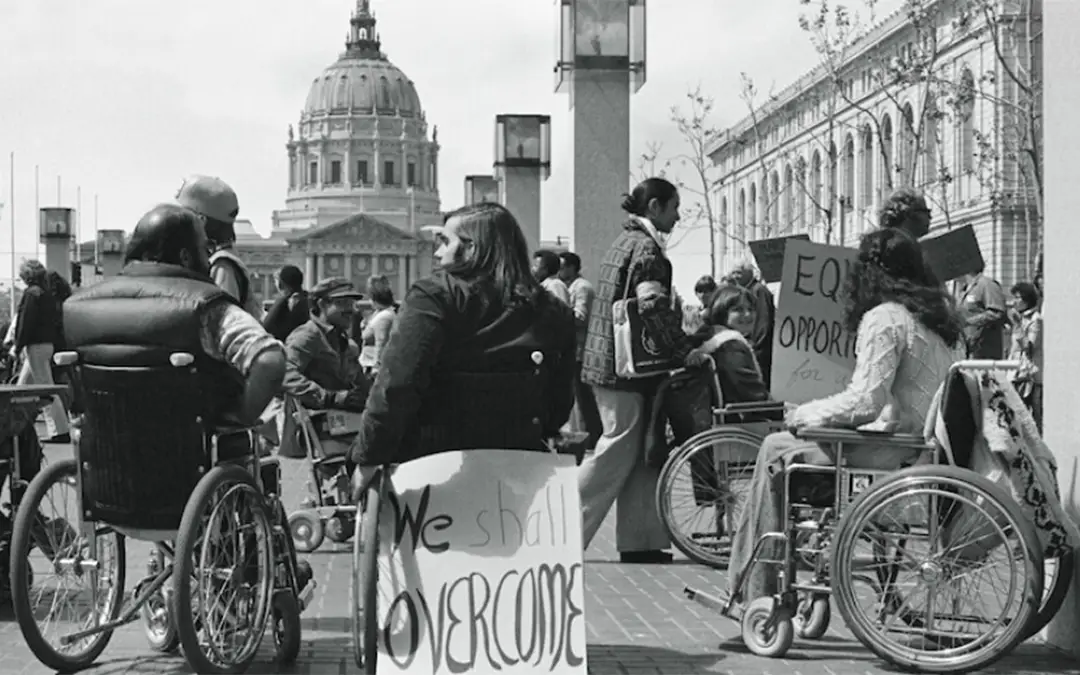Before IHSS
Before the 1970s, people with disabilities and older adults who couldn’t care for themselves had very limited options. Most ended up in state hospitals, nursing homes, or other institutions—often far from family and at very high cost to taxpayers. Family members providing care at home were largely unpaid, unsupported, and invisible in public policy.
In the mid-20th century, several forces started to shift this model. The Independent Living Movement of the 1960s–70s advocated for disabled people to live in their communities with dignity, not in institutions. The broader civil rights and disability rights movements pushed government to provide equal access, autonomy, and financial support. And the creation of Medicaid in 1965 opened the door for states to fund community-based care as an alternative to institutional care.
Founding of IHSS
In 1973–1974, California launched In-Home Supportive Services (IHSS) as a pilot program in select counties, originally administered under Aid to the Blind and Disabled (ABD). By 1979, IHSS expanded statewide, allowing low-income older adults and disabled residents to hire caregivers—including family members—using state, county, and federal funds.
The core purpose of IHSS was (and remains) to prevent unnecessary institutionalization, save taxpayer money, and allow people to remain safely in their own homes.
Growth & Changes
During the 1980s and 1990s, eligibility expanded and the program increasingly relied on family caregivers as providers. In 1992, the California Legislature authorized IHSS Public Authorities, enabling counties to create home-care registries, offer training, and establish collective bargaining for providers. This helped spur the growth of unions such as SEIU Local 2015 and United Domestic Workers (UDW).
In 1999, the U.S. Supreme Court’s Olmstead v. L.C. decision affirmed that people with disabilities have the right to receive services in the most integrated setting appropriate. This decision reinforced IHSS as a cornerstone of community-based care. From the early 2000s onward, organizing and negotiations improved wages and benefits for IHSS caregivers, recognizing them as an essential workforce.
Today
IHSS is now one of the largest publicly funded home-care programs in the United States, serving hundreds of thousands of Californians and employing a similarly large caregiver workforce—many of them family members. The program continues to evolve through state legislation, union negotiations, and county-level funding agreements. Ongoing challenges include low wages, workforce shortages, and rising demand as California’s population ages.
Sources for Further Reading
California Department of Social Services – IHSS Overview
California State Association of Counties – IHSS Background
Disability Rights Education & Defense Fund – Olmstead Decision
SEIU Local 2015 | United Domestic Workers (UDW)
Photos / Archival Material
UC Berkeley Bancroft Library – Disability Rights & Independent Living Movement Collection (historic photos of disability rights activism)
California State Library (legislative history and archival materials that may include early IHSS documents)
Union archives and newsletters (e.g., SEIU 2015, UDW) sometimes publish historic flyers, posters, and caregiver stories that can illustrate IHSS’s early years.


0 Comments